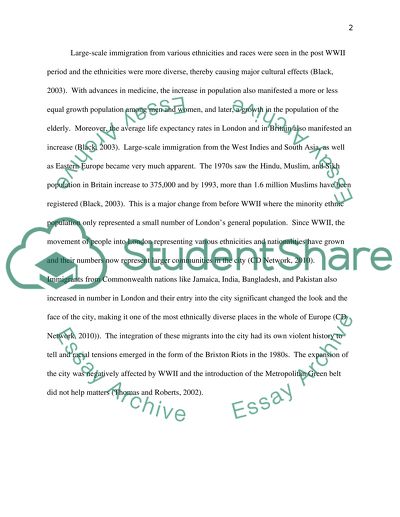Cite this document
(“Post-War Changes in London Essay Example | Topics and Well Written Essays - 2250 words”, n.d.)
Post-War Changes in London Essay Example | Topics and Well Written Essays - 2250 words. Retrieved from https://studentshare.org/sociology/1438141-outline-the-key-changes-which-have-taken-place-in
Post-War Changes in London Essay Example | Topics and Well Written Essays - 2250 words. Retrieved from https://studentshare.org/sociology/1438141-outline-the-key-changes-which-have-taken-place-in
(Post-War Changes in London Essay Example | Topics and Well Written Essays - 2250 Words)
Post-War Changes in London Essay Example | Topics and Well Written Essays - 2250 Words. https://studentshare.org/sociology/1438141-outline-the-key-changes-which-have-taken-place-in.
Post-War Changes in London Essay Example | Topics and Well Written Essays - 2250 Words. https://studentshare.org/sociology/1438141-outline-the-key-changes-which-have-taken-place-in.
“Post-War Changes in London Essay Example | Topics and Well Written Essays - 2250 Words”, n.d. https://studentshare.org/sociology/1438141-outline-the-key-changes-which-have-taken-place-in.


